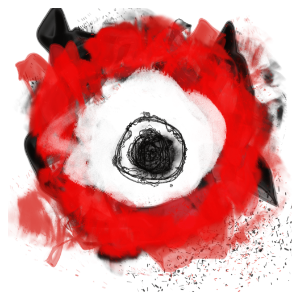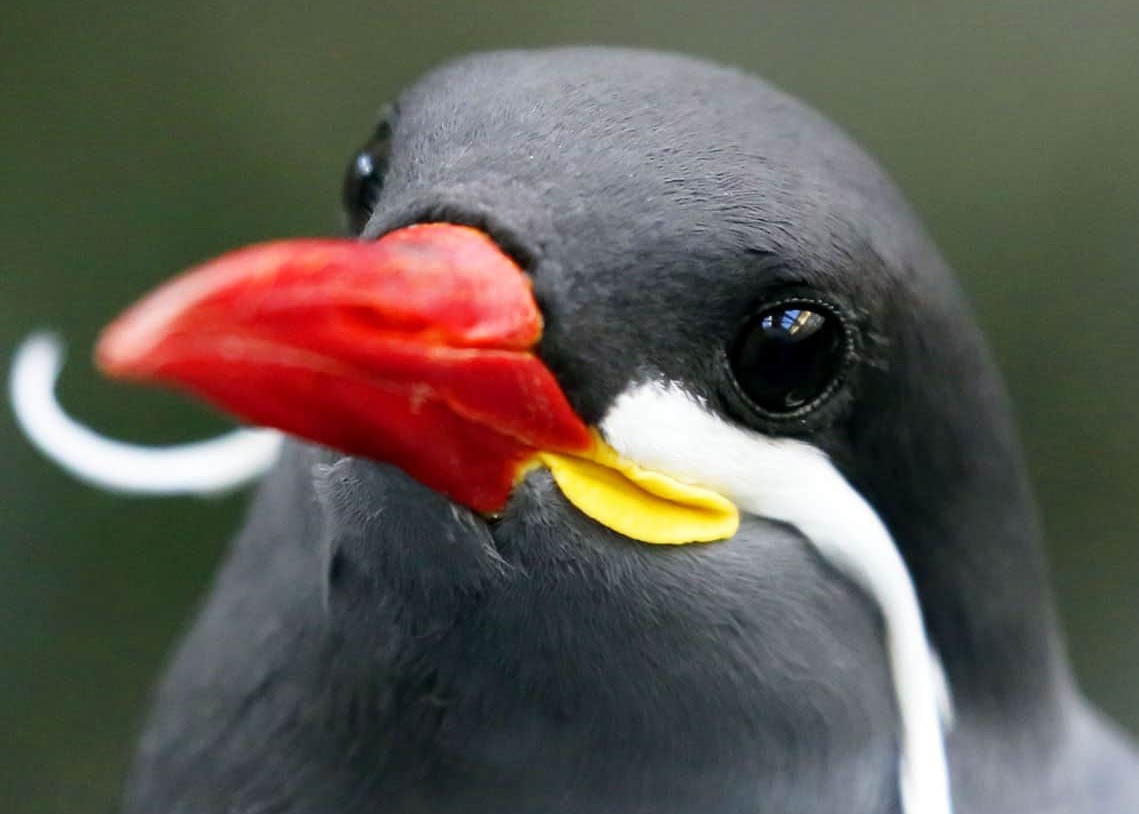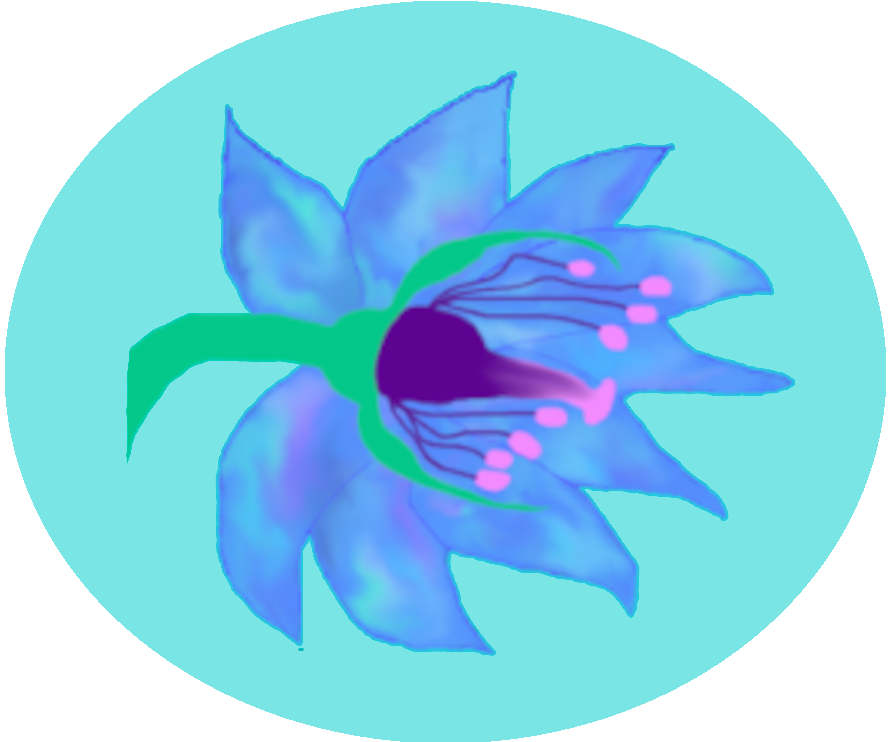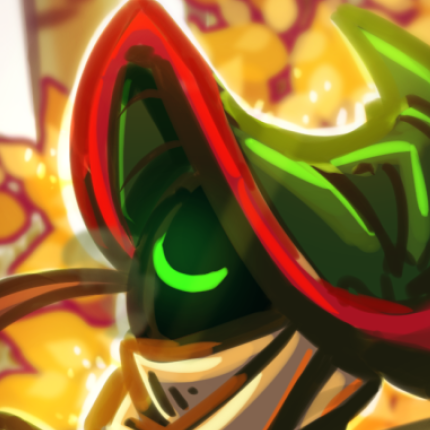Wire Dancer
Wire dancers are a gigantic parasitic jellyfish species from the Latica Ocean of Norrab. They infect armoured whales, the largest cetacean on the planet. They are seldom seen by the people of Norrab; inhabiting deeper waters, the only time they reach the surface is at their deaths.
They are also known as sea phantoms, as their bright white tentacles resemble that of many mythological creatures in the area. During the first deep-sea expeditions that discovered this species, they were presumed to be a form of hydran, a group of dangerous magical marine animals.
Taxonomy
Wire dancers are under the phylum Cnidaria. They are in the family Cegacidae, parasitic jellyfish closely related to Ulmaridae.
Anatomy
Wire dancers have been recorded over a hundred and fifty metres in length. Like all jellies in the order Semaeostomeae, wire dancers have four short oral arms, a dark grey. The bell is large, a dark blue in colour, brighter at the very top. Soft tissues that make up the bell are incredibly stretchy, allowing it to increase in size almost 4x, to wrap around as much of its cetacean prey as possible. Unstretched, the bell is around three metres in diameter.
The long, ghostly tentacles are the signifying feature of this species. They can grow infinitely, and are used to transmit neurosignals to the jellie's host.
Diet
In its medusa form, wire dancers do not eat. To survive, they transfer energy from their host whale until the whale either dies, or the jelly can control it to consume its own food to keep it alive.
The polyps, on the other hand, are voracious predators. The polyps of this species consume other plankton, as it is plankton itself.
Reproduction & Growth
Wire dancers reproduce in the typical fashion of a jellyfish species. The medusa produces no eggs until it attaches itself to a host. While attached, eggs are filtered into the hosts body, hundreds at a time. Over the course of what could be hundreds of years, eggs fill up in the whale, slowly killing it. As the dead whale decomposes, the medusa dies and eggs are released into the ocean.
The eggs hatch into polyps, which eventually make their way to the seabed and become sessile. They eventually transform into floating ephyrae, and after that young medusae.
Read more about false island jellies here.Habitat
Most solitary wire dancers have been observed inhabiting the various tunnels of the Twisted Depths. Deep-sea cameras and data-catchers have documented wire dancers spinning in circles, up and down the tunnels, waiting for an armoured whale to pass overhead.
Little more is known about their natural habitat, as studying deep-sea organisms is a difficult task, particularly in such a treacherous environment. 99% of data-catching devices sent down have been destroyed, and minimal data has been retrieved.
Behaviour
Wire dancers have mostly been seen infecting armoured whales, a gigantic cetacean species found in the same region. The infection process is simple; the jelly floats close to the ocean-bed, in wait for a whale to pass above. Tentacles reach out when a whale gets close, and they use tiny hooks to attach themselves.
Despite their flimsy appearance, the tentacles are almost unbreakable. The jellyfish slowly crawls up the whale and sits as close to the brain as possible. Tentacles enter the whale through whatever entrances are available - the mouth, eyes, and blowholes are all targets. Neural networks are formed between the jelly and the whale, and the jelly is now in control of one of the largest organisms in the ocean, guiding its movements, behaviour, and even thoughts to some extent.
Many consider the relationship between these two animals to be a hybridised species, of sorts. The two animals fuse into one; one suffers, while the other benefits.




















Such cool but scary jellyfishies. I love the picture of one infecting the whale, but the poor whale definitely has a 'help me' expression in its eyes. XD
Explore Etrea | March of 31 Tales
Thank you! I felt bad for the whale as soon as i drew it D: